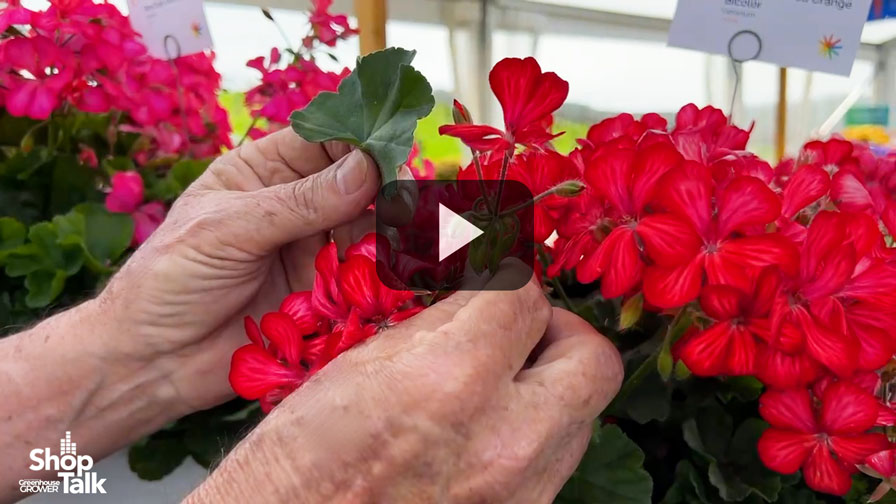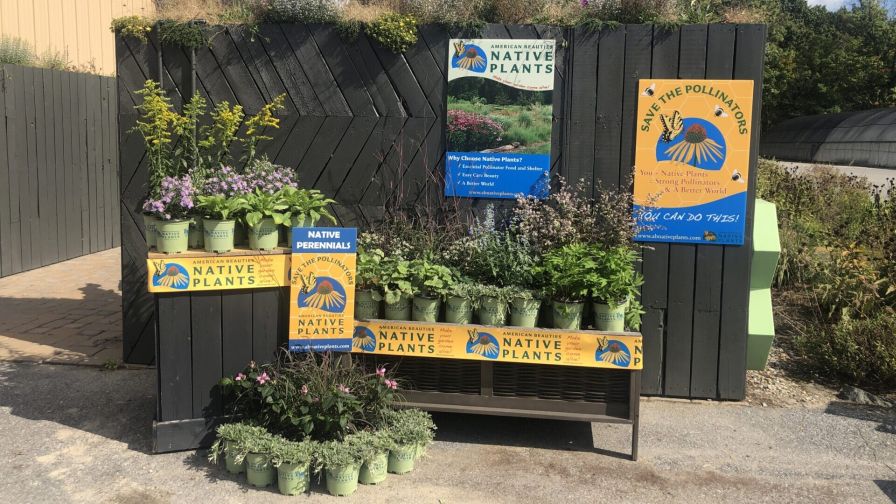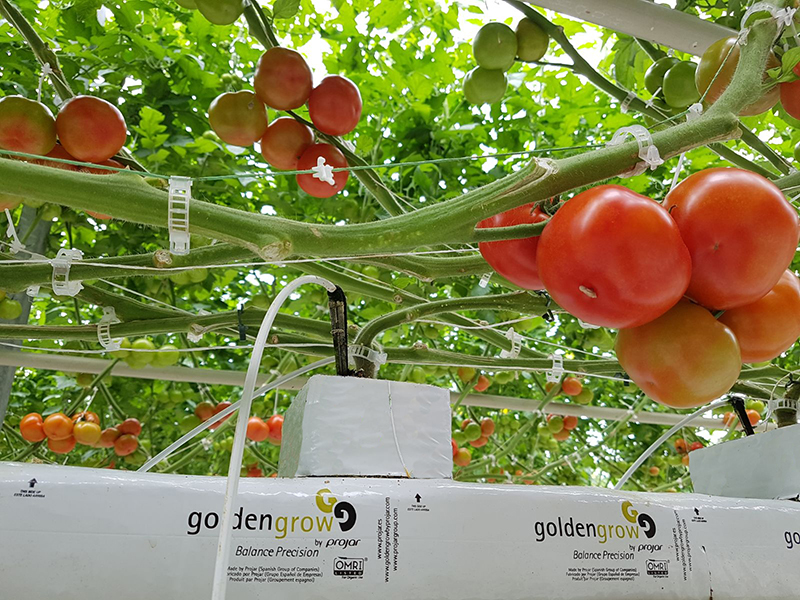How Native Plant Species Help Build a Better Green Infrastructure
Urban areas across the U.S. have started to implement green infrastructure to help maintain rainwater and storm draining. One of the recommendations of the EPA when putting these systems into place is to use native hardy plants.
Greenhouse Grower sat down with Shannon Currey, Marketing Director at Hoffman Nursery, to discuss how she sees native plants fitting into these developments.
GG: Have there been any new developments with green infrastructure?
Currey: We’re seeing interest from sectors that haven’t usually paid attention to plants. Stormwater engineers, urban planners, and municipalities are showing interest in learning more about which plants are appropriate for green infrastructure and understanding the benefits of including them. We’ve started doing presentations for stormwater management groups and planning firms. It’s exciting to have them start recognizing the role plants play. There’s still a long way to go, of course. They still usually refer to the plants as vegetation, and that’s about as specific as they get. We know many of these professionals have control over or even are specifying what plants go into green stormwater infrastructure projects. It’s important for them to see the green industry as a resource and a partner in building green infrastructure.
GG: What plants are being used for green infrastructure?
Currey: I see primarily native species being used. With green stormwater infrastructure, many best management practices manuals specify them. There’s more room for native cultivars and well-adapted introduced species when we’re talking about other kinds of projects. A lot of larger projects, like corporate developments and municipal buildings, need plants that are tough and resilient. They’re showing interest in having those plants provide support for wildlife. That tends to point them toward native species from similar conditions — we see prairie grasses and those that can handle fluctuating conditions being popular.
GG: Where are the opportunities for growers looking into green infrastructure?
Currey: I would say growing more native selections and introduced species that are well-adapted to tough conditions. Many growers probably already have plants in their lineups that are appropriate. It’s a matter of promoting them for these purposes. It helps if they’re also visually appealing; that gives the project a win-win. Also, I think some smaller finished sizes may be in more demand. We’ve been promoting low-growing sedges and grasses for ground covers and alternatives to traditional turfgrass. Covering large areas with 1- or 2-gallon finished plants can make that cost prohibitive. Smaller sizes are more affordable for big projects and especially for the retail market.
GG: What’s the current thinking when it comes to maintaining green infrastructure? Should we be growing all natives or a mix?
Currey: There’s a lot of buzz right now around Dr. Doug Tallamy’s newest book, Nature’s Best Hope. In his earlier, seminal book, Bringing Nature Home, he explained how wildlife populations are declining because the native plants they depend on are disappearing rapidly. His solution was to plant more natives. In Nature’s Best Hope, he advocates that we all must be involved in conservation, and we can do so with our own landscapes. His research suggests that having at least 80% of the mass in the landscape from native species can be sufficient. That leaves a lot of room for including those introduced plants that we love. I’m a fan of leaning heavily on native species and cultivars, while including a few beloved non-natives.
There’s a grass–roots movement called Homegrown National Park that has emerged from Tallamy’s work. It’s supported by several green industry folks, and it’s pretty exciting.
GG: What’s coming out in this area in terms of plants?
Currey: We’re actively looking for new cultivars of native species, and we’re exploring some regional selections, too. The heat load and humidity of the Southeast are challenging for many plants. Having selections of popular native species like Schizachyrium scoparium and Panicum virgatum that thrive here and resist disease is important.
Here are a few newer native grasses we’ve brought on lately.
- Andropogon gerardii ‘Karl’s Cousin’
- Panicum virgatum ‘Purple Tears’
- Panicum virgatum ‘Summer Sunrise’
- Schizachyrium scoparium ‘Chameleon’









